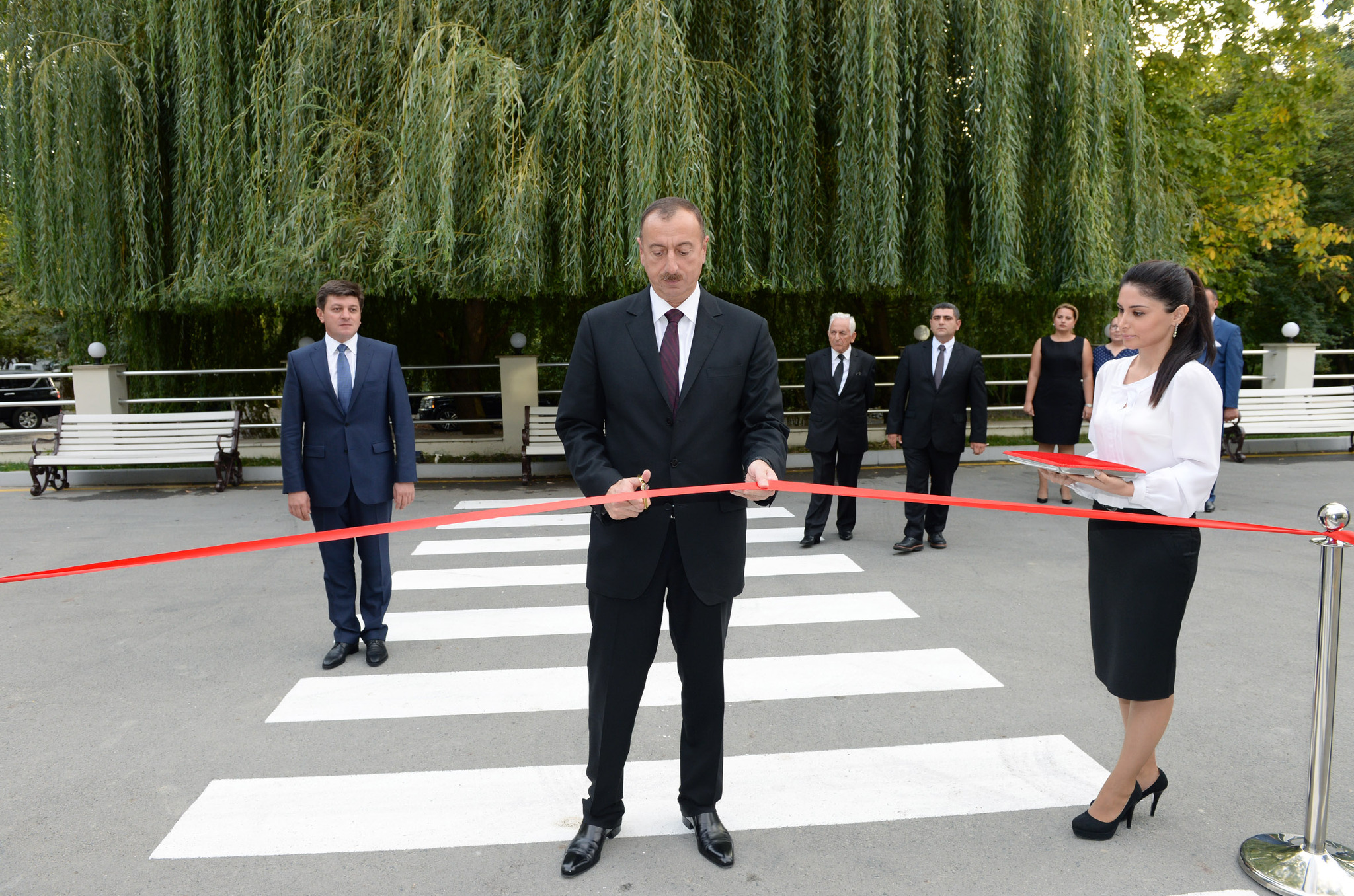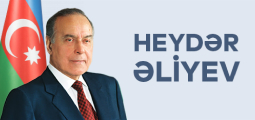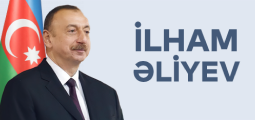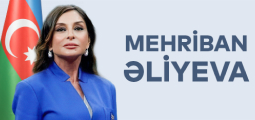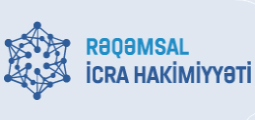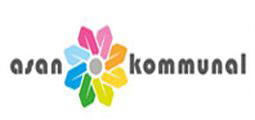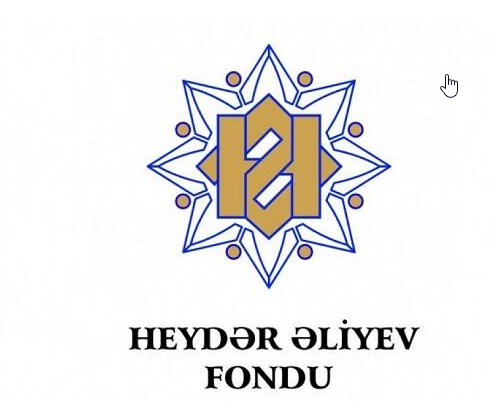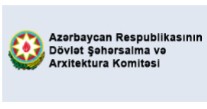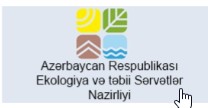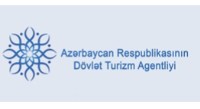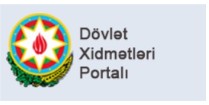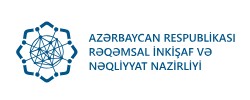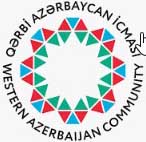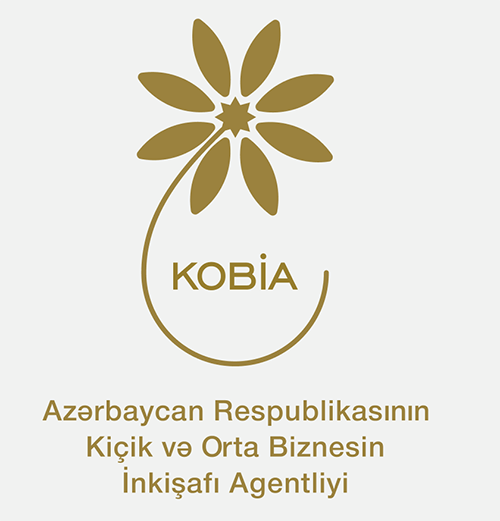Ilham Aliyev attended the opening of Gabala Archaeological Center
Archaeological excavations conducted in the ancient regions of Azerbaijan over many years that are still proceeded at present open and demonstrate noteworthy pages of our mysterious history to the world. One of the regions where the archaeological excavations are conducted is Gabala - the capital of Caucasian Albania for about 800 years. Since 1926 archaeological excavations have been conducted in this region at regular intervals and on a consecutive basis since 1959. The activities carried out by SEBA –Azerbaijan Korean Cultural Exchange Association in recent years hold a prominent place in the discovery of the rich history of Gabala. The new unrevealed pages of Gabala history have appeared in the issue of archaeological studies and excavations jointly conducted by Azerbaijani and Korean scientists over recent years. This information is available in the Gabala Archaeological Center constructed with the support of SEBA. The Head of State cut the ribbon implying the symbolic opening of the center. The correspondent member of the Azerbaijan National Academy of Sciences and the head of Gabala archaeological expedition Ilyas Babayev provided extensive information on the works implemented in the center to the President Ilham Aliyev. It was mentioned that Gabala Archaeological Center consisted of the three-floored building, exhibition hall, archaeological fund, restoration laboratory, conference hall and workrooms for archaeologists. The office of Gabala State Historical-Artistic Reserve will operate in this center as well. The President got acquainted with the exhibition hall of the center. The rich collection of exhibits proves once again that past history of Gabala is rich as its nature and constitutes one the brightest pages of the history of Azerbaijan. When the name of this country is mentioned, firstly Gabala city, the capital of Caucasian Albania for a long period of time and its magnificent fortress walls preserved up to this day comes to mind. As an important political, economic and trade center the ancient Gabala city located at 20 kilometer to the south-west from the center of the region, the north-east of the present Chukhur Gabala village, the watershed of Jorlu and Garachay rivers is compared with Babylon, Troy, Pompey, Carthage and other historical cities of the world for its magnificence. Ruins of the large buildings, fortress walls, material culture monuments on manufacture and art were found in the issue of the long-term archaeological studies conducted in this region. Gabala city situated on “Silk way” of 2400-years history was called Kabalaka in the “Natural History” written by Roman scholar Pliny the Elder living in the first century CE. The geographer Ptolemy mentioned Gabala as Khabala and Arabian historian Balazuri as Khazar. Azerbaijani scientist Abbasgulu Agha Bakikhanov mentioned in his book “Gulustani-Irem” that Kabala or Khabala were actually Gabala. Therefore, Gabala city bravely struggling against ruthless attacks of foreign invaders lusting for the territory of Azerbaijan for centuries entered the history as the unassailable and unconquerable walled city. This factor in particular caused to the creation of the monuments of rich material culture. Gabala Archaeological Center is the irreplaceable place for studying, preserving the past history and the present of the city and passing on to the next generation. It was stated that Gabala archaeological group of Archaeology and Ethnography Institute of ANAS and Korean archaeologists with the support of SEBA jointly conduct excavations works. Archaeological excavations are essentially conducted in Salbir and Gala territories. About 1500 exhibits obtained during excavations are displayed in the exhibition. The new obtained exhibits are displayed upon restoration in the laboratory of Archaeological Center meeting the most advanced technologies. Periodical reports and finding book on all exhibits obtained have been published.

